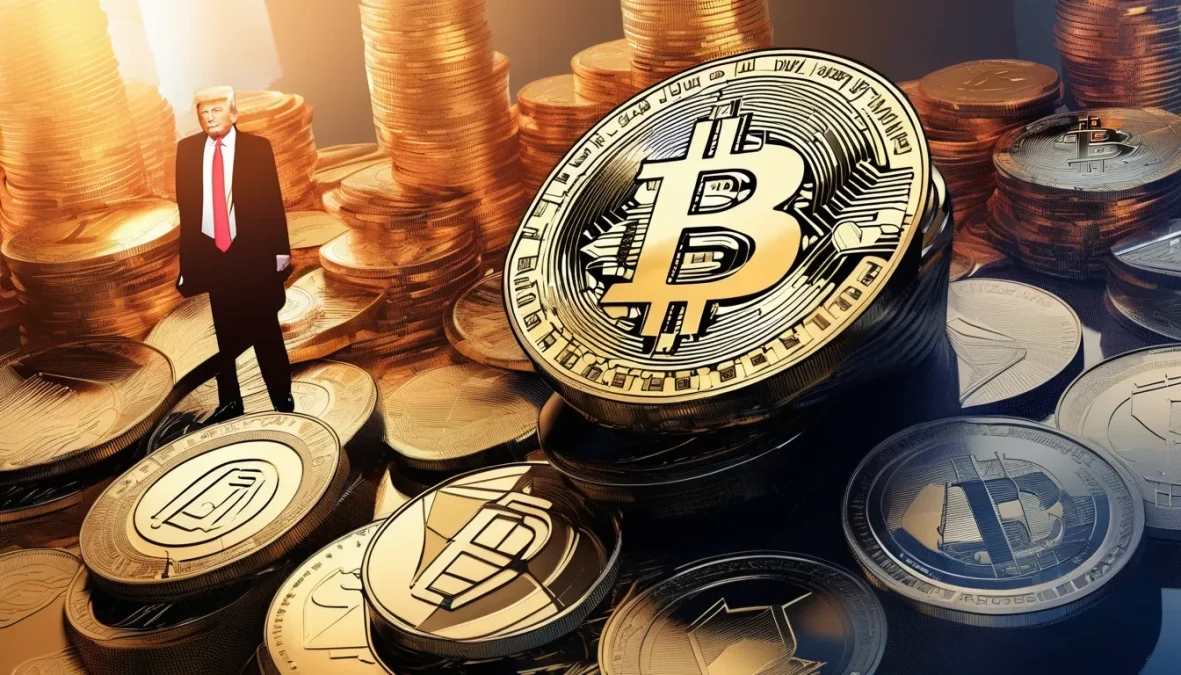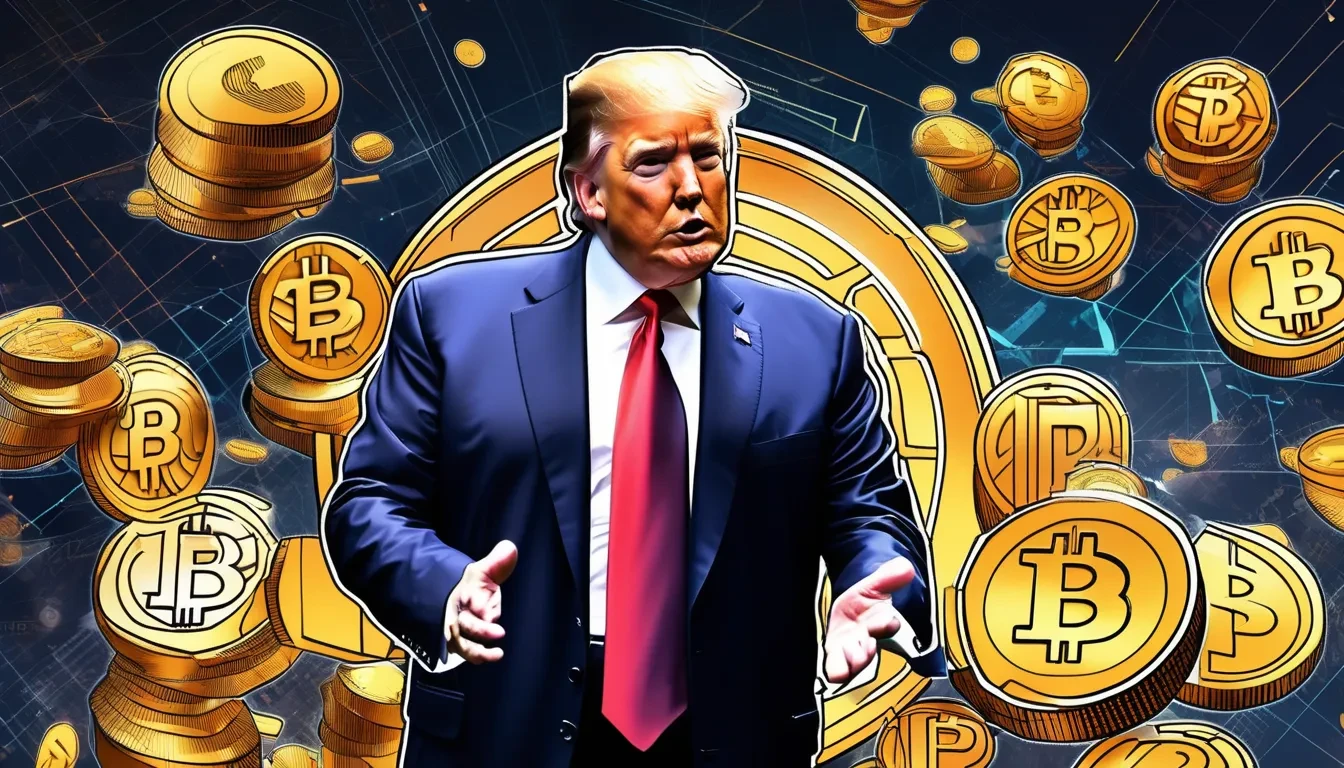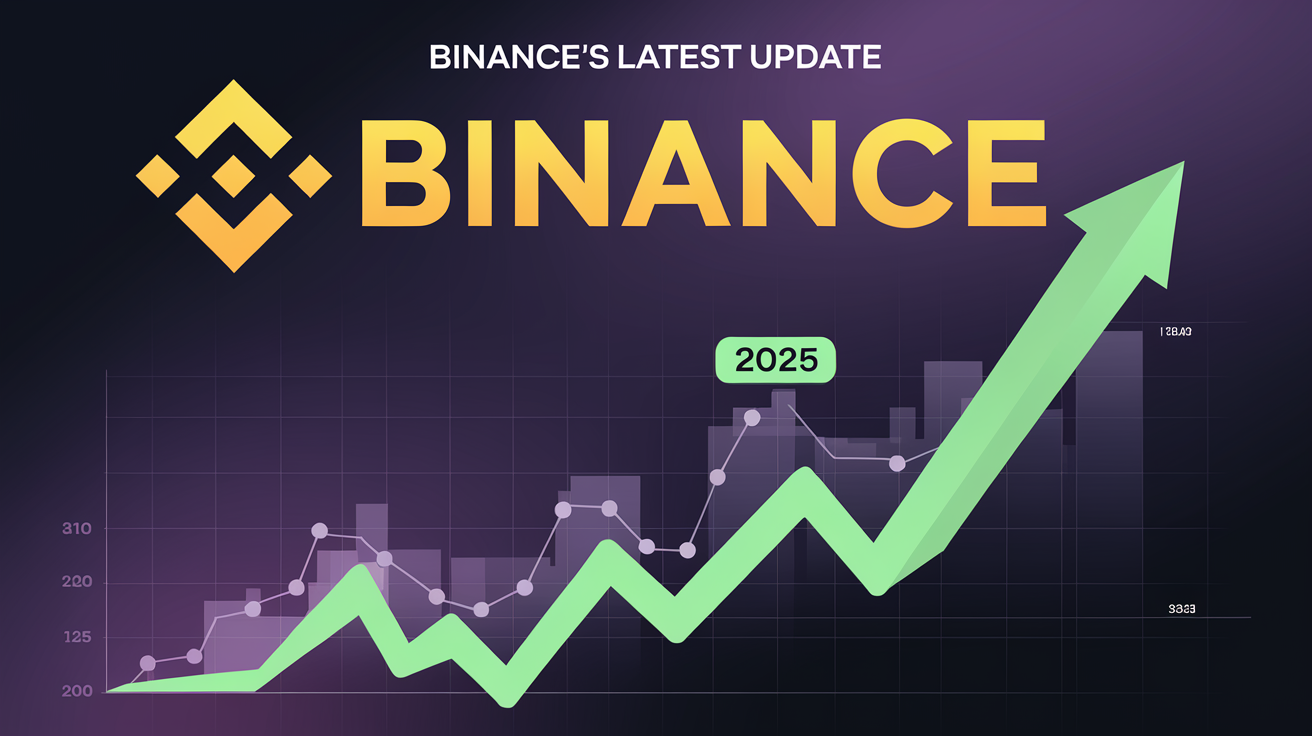Donald Trump Cryptocurrency Price: How Trump’s Policies Are Shaking the Market and What’s Next for Investors
The cryptocurrency market has been thrust into turmoil following former President Donald Trump’s latest policy maneuvers, with the Donald Trump cryptocurrency price narrative dominating headlines. Bitcoin, Ethereum, Ripple’s XRP, and other major cryptocurrencies have seen unprecedented volatility, fueled by Trump’s ambitious plans to reshape U.S. digital asset strategy. This article explores how Trump’s policies are influencing crypto valuations, the panic-driven sell-offs, and what the future may hold for investors.
Trump’s Crypto Agenda: A New Era for U.S. Digital Assets

In March 2024, Trump unveiled a groundbreaking initiative to establish a “strategic national bitcoin reserve” alongside a diversified crypto stockpile, signaling a seismic shift in U.S. financial policy. The reserve, dubbed a “digital Fort Knox,” aims to consolidate government-seized cryptocurrencies like Bitcoin, Ethereum, Solana (SOL), and Cardano (ADA) under Treasury management. Trump’s vision positions Bitcoin as a cornerstone asset, elevating it above other cryptocurrencies while integrating altcoins like XRP and Solana into a broader reserve strategy.
This move has sparked both optimism and anxiety. While Trump’s endorsement of Bitcoin as a rival to gold’s $20 trillion market cap ignited bullish sentiment initially, the lack of new government purchases disappointed traders. Instead, the administration plans to fund acquisitions through “budget-neutral” methods, such as selling portions of the U.S. gold reserves or issuing Bitcoin bonds. Critics argue this approach fails to inject fresh capital into the market, leaving investors questioning the long-term viability of the strategy.
Market Mayhem: Panic Selling and the Bitcoin Price Plunge

The immediate aftermath of Trump’s announcement saw the Donald Trump cryptocurrency price effect unfold dramatically. Bitcoin plummeted from $85,000 to $80,000 overnight, with Ethereum crashing to $2,000—a level unseen since late 2023. Altcoins like Solana and Dogecoin (DOGE) fell by 6%, while analysts warned of further declines.
Markus Thielen, CEO of 10x Research, noted that 70% of selling pressure came from recent investors, highlighting a wave of panic-selling. “New entrants are fleeing, treating Bitcoin as a risky asset for the first time since Trump took office,” he explained. This sentiment was echoed by Zach Burks of Mintology, who predicted Bitcoin could drop to $72,000 and Ethereum to $1,600 as inflation fears mount.
The sell-off reflects broader uncertainty about the U.S. crypto reserve’s structure. Unlike traditional stimulus measures, Trump’s plan relies on reallocating existing holdings rather than expanding them. Agne Linge of WeFi called the strategy a “trick,” arguing that without new purchases, the market lacks a catalyst for sustained growth.
Historical Context: Trump’s Evolving Crypto Stance

Trump’s relationship with cryptocurrency has been contentious. During his presidency, he dismissed Bitcoin as “based on thin air,” but his 2024 campaign marked a stark reversal. At the Bitcoin 2024 conference, he pledged to make the U.S. a “bitcoin superpower,” criticizing past administrations for selling seized Bitcoin at a loss.
David Sacks, Trump’s AI and Crypto Advisor, revealed the U.S. sold 200,000 Bitcoin for $360 million—assets now worth over $17 billion. This admission fueled Trump’s critique of prior fiscal mismanagement and bolstered his push for a centralized reserve. However, the focus on seized assets over new acquisitions has left investors wary, fearing the strategy prioritizes political optics over market stability.
Global Implications: A Crypto Arms Race?
Trump’s policies may inadvertently trigger a global scramble for digital assets. Analysts speculate that China and Middle Eastern sovereign funds could accelerate their Bitcoin acquisitions to counter U.S. dominance. Abu Dhabi’s recent Bitcoin investments and rumors of a Chinese reserve suggest a brewing “digital gold rush.”
Tagus Capital analysts predict nations may increasingly integrate Bitcoin into reserves, mirroring the dollar’s global adoption. “This isn’t just about the U.S.—it’s about setting a precedent for the future of national treasuries,” they wrote. Such a shift could drive long-term demand, but short-term volatility is inevitable as markets adjust.
Expert Predictions: Navigating the Storm
Arthur Hayes, BitMex founder, warned of “violent” price swings if Bitcoin hits $70,000, urging investors to brace for turbulence. Meanwhile, Howard Lutnick, Treasury Secretary, emphasized fiscal caution, stating new purchases must avoid adding to the national debt.
Despite the bearish outlook, some see opportunity. Linge notes the reserve could legitimize Bitcoin as a sovereign asset, attracting institutional investors. “Once other nations follow suit, we’ll see a stabilization phase,” she said. Others, like Thielen, advise diversifying into gold, which has surged as a safe haven amid crypto instability.
The Road Ahead: Short-Term Pain for Long-Term Gain?
The Donald Trump cryptocurrency price saga underscores the tension between immediate market reactions and long-term strategic shifts. While panic-selling dominates headlines, the administration’s focus on institutionalizing Bitcoin could pave the way for mainstream adoption.
For investors, the key lies in distinguishing noise from nuance. Trump’s policies may not offer short-term gains, but they position cryptocurrencies as integral to the global financial system. As Sacks stated, “This is about responsible stewardship—not quick wins.”
Conclusion: Trump’s Crypto Legacy in the Balance
The Donald Trump cryptocurrency price narrative is far from over. Market volatility will likely persist as the administration fine-tunes its strategy, but the broader implications are clear: cryptocurrencies are now a geopolitical tool. Whether Trump’s policies stabilize the market or deepen its chaos depends on execution—and the world is watching.
For now, investors must navigate a landscape shaped by political gambles, global rivalry, and the unpredictable ethos of crypto. One thing is certain: Trump’s influence on digital assets will reverberate long after his tenure.
Donald Trump cryptocurrency price, Bitcoin price, crypto market, Trump crypto policies, strategic bitcoin reserve, panic-selling, cryptocurrency volatility.
By dissecting Trump’s policies, market reactions, and expert insights, this analysis provides a roadmap for understanding the intersection of politics and crypto economics. Stay informed, stay agile—the digital asset era is just beginning.
FAQs on Donald Trump Cryptocurrency Price
1. How has Donald Trump influenced cryptocurrency prices?
Donald Trump’s policies, including plans for a U.S. Bitcoin reserve and crypto stockpile, have caused significant volatility. His focus on reallocating seized assets instead of new purchases triggered panic-selling, leading to sharp drops in Bitcoin, Ethereum, and altcoin prices.
2. Why did Bitcoin crash after Trump’s crypto announcement?
Bitcoin fell from $85,000 to $80,000 due to fears that Trump’s “strategic reserve” lacked new government purchases. Investors interpreted this as a lack of commitment, sparking panic-selling among recent buyers.
3. What is the U.S. strategic Bitcoin reserve proposed by Trump?
The reserve, dubbed a “digital Fort Knox,” consolidates government-seized cryptocurrencies (like Bitcoin, XRP, and Solana) under Treasury management. It aims to rival gold reserves but relies on budget-neutral methods, disappointing traders expecting fresh capital injections.
4. Could Trump’s crypto policies trigger a global adoption race?
Yes. Analysts speculate nations like China or UAE may create rival Bitcoin reserves to counter U.S. dominance, accelerating global crypto adoption and reshaping national treasury strategies.
5. Should I invest in crypto amid Trump-related price swings?
Short-term volatility is likely, but Trump’s policies could legitimize Bitcoin as a sovereign asset long-term. Experts advise diversifying portfolios and monitoring inflation trends, gold prices, and geopolitical moves.




